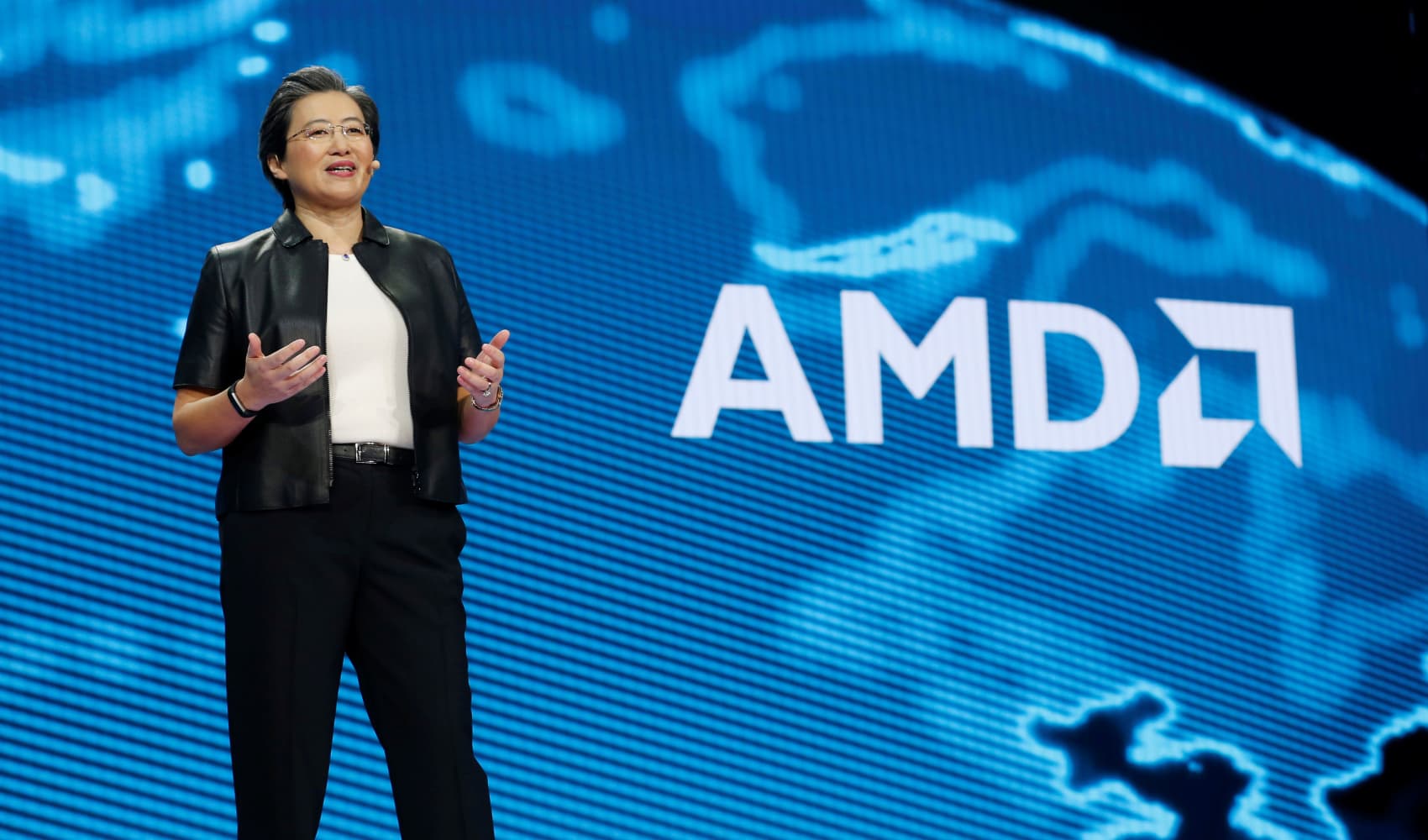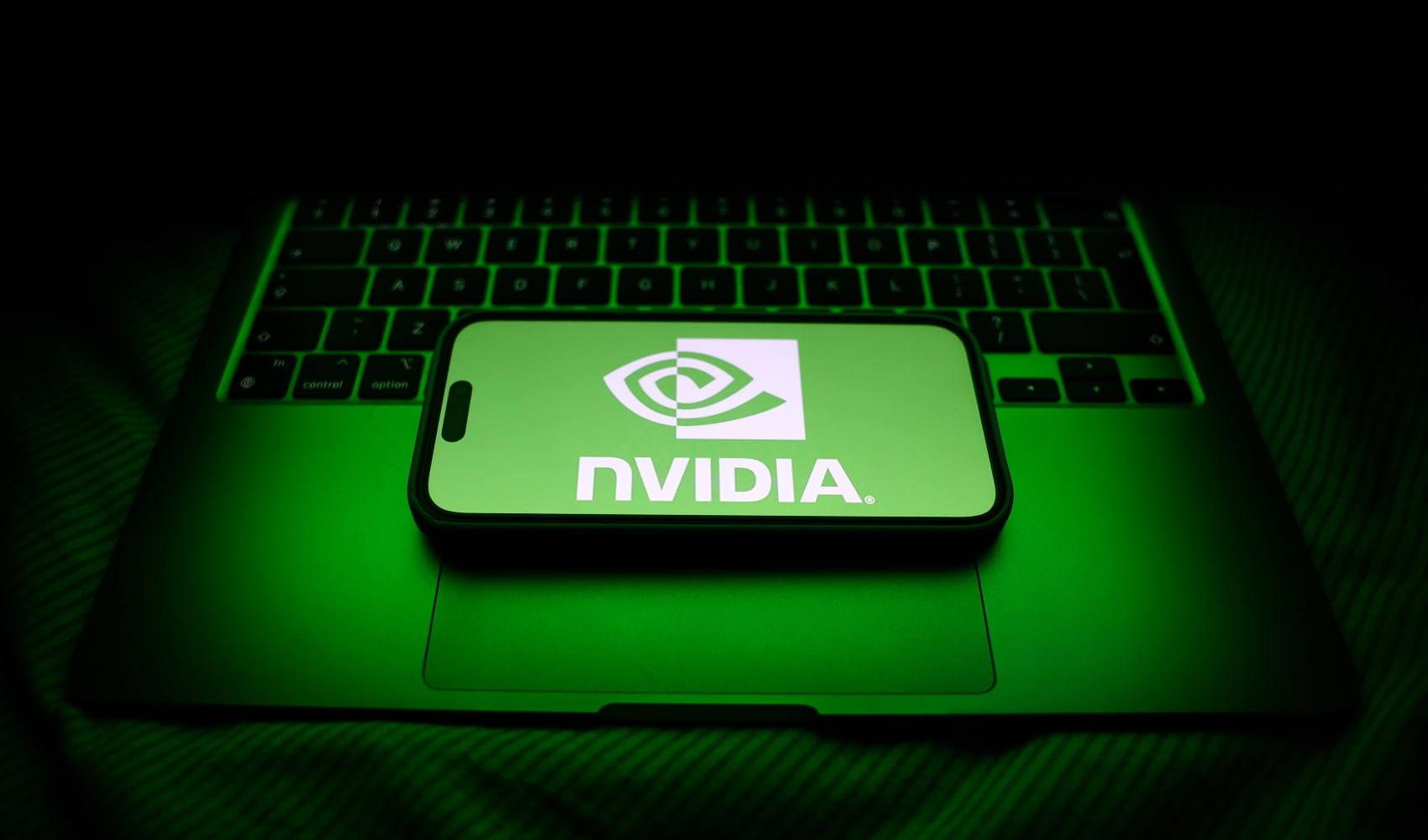AMD's $6 Billion Buyback: Why Shares Soared 4%
AMD's $6 Billion Bet on Itself: Shares Surge on Buyback News!
Introduction: AMD's Bold Move and Market Confidence
Hold on to your hats, folks! The semiconductor world is buzzing. AMD, Advanced Micro Devices, just announced a whopping $6 billion share buyback program. And guess what? The market loved it! AMD shares jumped 4% immediately after the announcement. But what does this all mean? Is it just financial wizardry, or is there something deeper going on? We're diving in to uncover the layers of this exciting news and what it signals about AMD's future.
AMD's Share Buyback: What's the Big Deal?
So, what exactly *is* a share buyback? Think of it like this: a company has some extra cash, and instead of, say, buying a fancy yacht (although, wouldn't that be nice?), they choose to buy back their own shares from the open market. This reduces the number of outstanding shares, which can then increase the value of the remaining shares. It's like shrinking a pizza – the fewer slices, the bigger each slice becomes!
Why Buy Back Shares?
Companies do this for a few key reasons:
- Signaling Confidence: It shows the company believes its stock is undervalued and that future prospects are bright. This is a powerful message to investors.
- Boosting Earnings Per Share (EPS): Fewer shares mean earnings are spread across a smaller base, artificially increasing EPS.
- Returning Value to Shareholders: It's a way to give shareholders a return on their investment, similar to dividends.
- Protecting Against Takeovers: Reducing the number of available shares can make it more difficult for another company to acquire a controlling stake.
$6 Billion: Not Exactly Pocket Change
Six billion dollars is a serious amount of money. It's not the kind of decision made lightly. This buyback program signifies a deep-seated confidence within AMD that they’re on the right track. It tells investors, "Hey, we believe in ourselves, and we're putting our money where our mouth is!"
Lisa Su's Vision: Growth and Free Cash Flow
AMD CEO Lisa Su, a name synonymous with the company's impressive turnaround, stated that the buyback program reflects the Board's confidence in AMD’s strategic direction, growth prospects, and ability to consistently generate strong free cash flow. In plain English, she's saying, "We've got a plan, it's working, and we're making a lot of money!"
The AI Boom: AMD Riding the Wave
Let's be real: AI is the "it" thing right now. And AMD is positioning itself to be a major player in this space. They aren't *just* a CPU and GPU company anymore; they're an AI powerhouse in the making. It is rumored that AMD is the most important artificial intelligence chip company aside from Nvidia, and the share buyback could be a strategic move to signal confidence in this new position.
AMD vs. Nvidia: The AI Battle Heats Up
Nvidia has undoubtedly dominated the AI chip market, but AMD is rapidly closing the gap. Their MI300 series of accelerators are designed to compete directly with Nvidia's H100 and future chips. The competition between these two giants is driving innovation and benefiting consumers.
The $10 Billion Saudi Arabia Deal: A Game Changer?
Remember the $10 billion deal potentially investing in Humain in Saudi Arabia? This deal could be a game-changer for AMD. Imagine the sheer scale of investment! $10 billion is a massive commitment that signals huge things.
What is Humain?
While details are still emerging, Humain appears to be a company focused on artificial intelligence, potentially within the broader technological ambitions of Saudi Arabia. This indicates a serious play by Saudi Arabia in developing cutting-edge AI, and AMD could be a key enabler of that vision. It’s an opportunity for AMD to significantly expand its reach and solidify its position in the burgeoning AI market.
Beyond Gaming: AMD's Diversified Portfolio
While AMD is well-known for its CPUs and GPUs that power our PCs and gaming consoles, the company has aggressively expanded into other markets.
Data Centers: A Lucrative Market
Data centers are the backbone of the internet, and they require powerful processors to handle massive amounts of data. AMD's EPYC server CPUs are gaining traction in this market, offering compelling performance and efficiency.
Embedded Systems: The Internet of Things
From cars to medical devices, embedded systems are everywhere. AMD's embedded processors are designed for these applications, offering low power consumption and high performance.
The Macroeconomic Context: Navigating Uncertainty
The global economy is facing a number of challenges, including inflation, rising interest rates, and geopolitical instability. These factors can impact the semiconductor industry, as they can affect consumer spending and business investment.
AMD's Resilience: A Testament to Innovation
Despite these challenges, AMD has demonstrated resilience, thanks to its innovative products and strategic investments. The company's focus on high-performance computing and AI has positioned it well for long-term growth.
The Analyst Perspective: Bullish on AMD
Wall Street analysts generally have a positive outlook on AMD. Many analysts believe that the company's growth prospects are strong, driven by its expanding product portfolio and its exposure to high-growth markets like AI and data centers. This positive sentiment could also be contributing to the stock's recent climb.
Risk Factors: What Could Go Wrong?
Of course, no investment is without risk. Some potential risks for AMD include:
- Competition: The semiconductor industry is highly competitive, with AMD facing fierce competition from Intel and Nvidia.
- Supply Chain Issues: The global chip shortage has disrupted supply chains, and further disruptions could impact AMD's ability to meet demand.
- Economic Slowdown: A global economic slowdown could reduce demand for semiconductors, impacting AMD's revenue.
The Long-Term Outlook: A Promising Future
Despite these risks, the long-term outlook for AMD appears promising. The company is well-positioned to benefit from the growth of AI, data centers, and other high-growth markets. Its innovative products, strong leadership, and strategic investments make it a compelling investment opportunity.
How to Invest: Not Financial Advice!
Remember, this isn’t financial advice, so please do your own research or consult with a financial advisor before making any investment decisions. But if you're looking to invest in AMD, you can buy shares through a brokerage account. You can also invest in AMD through ETFs (Exchange Traded Funds) that hold AMD shares.
Conclusion: AMD's Confident Stride Forward
So, there you have it. AMD's $6 billion share buyback program is a clear signal of confidence in its future. Combined with its growing presence in the AI market and potential for a massive Saudi Arabia deal, AMD is positioning itself for continued growth and success. The 4% share price climb reflects the market's positive reaction to these developments. Keep an eye on AMD; they're not slowing down anytime soon!
Frequently Asked Questions
- What exactly does a share buyback do to a company's stock price?
A share buyback reduces the number of shares available, potentially increasing the value of each remaining share due to higher earnings per share.
- Is AMD a good long-term investment, considering the current market volatility?
While all investments carry risk, AMD's focus on AI, data centers, and high-performance computing positions it well for long-term growth, making it an interesting option for investors.
- How does the Saudi Arabia deal impact AMD's future growth potential?
The potential $10 billion Saudi Arabia deal could be a game-changer, providing AMD with significant resources and opportunities to expand its reach in the AI market.
- What are the main risks associated with investing in AMD stock?
Key risks include intense competition from Intel and Nvidia, potential supply chain disruptions, and the impact of a global economic slowdown.
- How does AMD's AI strategy compare to Nvidia's?
Nvidia currently dominates the AI chip market, but AMD is aggressively challenging them with its MI300 series and strategic partnerships, creating a competitive landscape that benefits consumers.

